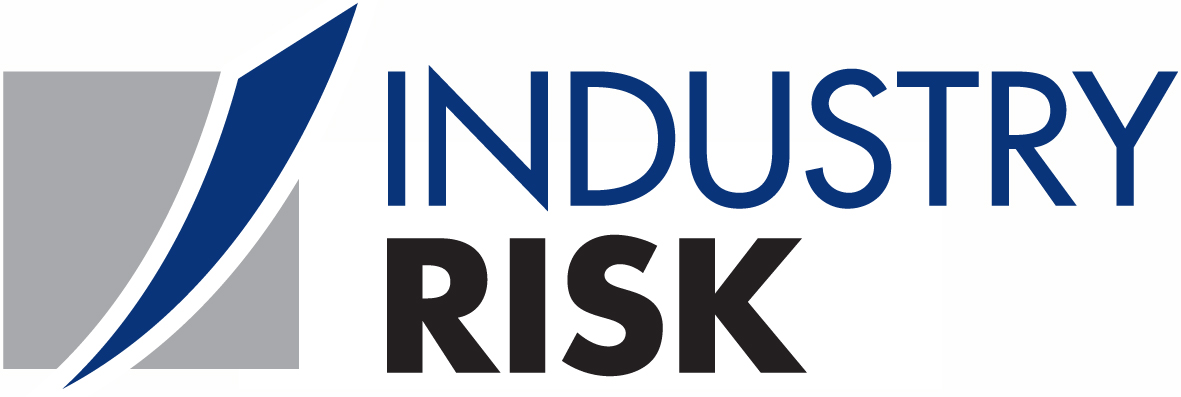
Managing Corruption in Government
- On 08/03/2023
Managing Corruption in Government: Integrity is frequently considered a crucial attribute for individuals with authority to grant or deny access to valuable assets, such as cash, equipment or information. But how can we evaluate integrity, and the strategies that are most effective in promoting workforce integrity?
Integrity can be described as the quality of being honest, adhering to moral and ethical principles, and possessing a sound moral character; the antonyms of integrity are dishonesty, deceit and corruption. It’s routine to hear reports about dishonest or corrupt behaviour in government; investigations by the NSW Independent Commission against Corruption and the Australian Commission for Law Enforcement Integrity are usually prominently reported, placing pressure on other jurisdictions to establish or expand similar organisations with extensive investigative powers.
The prominence of anti-corruption organisations, and statements made by senior politicians and public officials, often appear to be driven by a desire for publicity and recognition for adopting a “zero tolerance, tough on crime” stance. However, these public pronouncements often lack a detailed professional understanding of the most effective combination of integrity, personnel security and other protective measures to maximise staff commitment and encourage highly ethical performance.
As American writer H. L. Mencken once said, “For every complex problem, there is an answer that is clear, simple and wrong.” One such example was the inflammatory and sensational comment made in February 2013 by the then Justice Minister, Jason Clare, after criminal activity was uncovered among Customs officers at Sydney Airport (“hunt these people out, rip them out by the throat if necessary”).
This type of statement may have temporarily boosted the minister’s profile, but such approaches can cause lasting damage by creating an impression that corruption was rampant and that all officers were therefore under suspicion. Customs officers are constrained by their code of conduct from responding publicly to such criticism.
Corruption is a persistent problem in government agencies around the world. While it cannot be eradicated entirely, it is possible to manage related risks through effective measures and policies. Suggested best practices for doing so within government agencies follow.
Understanding Corruption Risks
Defining corruption risk is essential to identifying best practices and countermeasures. Corruption risks are factors that increase the likelihood of corruption occurring within an organisation. These factors can include inadequate controls, lack of transparency, conflicts of interest, and weak enforcement mechanisms.
A risk-based approach is more likely to identify the optimal combination of measures to establish and maintain organisational integrity. Such an approach first seeks to identify the nature and extent of exposure by analysing breach and incident statistics and history, including reports from the public or clients, to determine where genuine integrity vulnerabilities exist.
Integrity measures should be established through a dispassionate, risk-based analysis of vulnerabilities. Political imperatives can increase the likelihood that the measures are intended to mitigate political risk rather than organisational integrity risk. If integrity measures are not embedded into the corporate risk analysis and treatment cycle, that creates the additional risk that they will be perceived as “set and forget” measures, and not adjusted to meet changes in the organisational risk environment. It is crucial to ensure that integrity measures are regularly reviewed and updated to reflect changes in risk and to maintain the highest levels of organisational integrity.
An effective, comprehensive, integrity culture requires the presence of and sustained attention to all of the following elements.
Employee Checking
Pre-employment checking is key, and AS 4811 – Workforce screening provides an excellent basis for any entity that seeks to assure individual candidate bona fides and suitability for employment. Suitability includes an assessment of integrity; to make a reliable judgment on whether a candidate should be granted access to restricted areas or valuable assets, integrity assessment should consider the “whole person” principle. Focusing on a single area in isolation is insufficient for objective evaluation of candidate suitability.
Several crucial factors determine a candidate’s integrity and ability to act in the employer’s or asset owner’s interests, including honesty, trustworthiness, maturity, tolerance, and loyalty. Individuals handling valuable assets must have a history of truthful and lawful behaviour, as offences of premeditated dishonesty, such as theft and fraud, should naturally raise significant doubts about integrity.
Assessing a candidate’s personal information, including educational qualifications, work history, criminal record, and self-declarations, and enhances the effectiveness of integrity controls. Candidates with questionable backgrounds may refuse to undergo in-depth checks, allowing redirection of limited investigative resources to higher-risk individuals.
An experienced assessor should review all reliable information, including both favourable and unfavourable past and present data, and interview subjects to resolve any doubts or concerns. To simplify disciplinary actions and conserve investigative resources, candidates should provide accurate personal information supported by signed declarations, including informed consent for integrity inquiries.
This approach ensures that limited integrity investigative resources are directed to the individuals posing the highest risk rather than treating all members of the workforce as posing equal risks.
A comprehensive after-care program is also important to ensure that individuals granted access to sensitive information or assets continue to meet suitability requirements. While extensive vetting and integrity checks are typically done during the hiring process, the risk of asset exposure arises after the person has been granted access to valuable resources and assets.
After-care programs acknowledge that passing personnel security integrity checks is just the first step in the process in managing corruption in government, and ongoing monitoring is necessary to maintain a high level of security awareness and commitment.
Establishing a Strong Ethical Culture
Another key pillar in managing corruption risks is establishment of a strong ethical culture within the organisation. An ethical culture is one where integrity, honesty, and transparency are prioritised. This culture must be demonstrated from the top down, starting with the leadership team. Leaders must set the tone for the organisation and create an environment where ethical behaviour is expected and rewarded.
Implementing Strong Governance
Good governance encompasses a set of standards, policies, codes of conduct and procedures that explicitly communicate the organisation’s position on staff misconduct, including criminal acts, and highlights the responsibility of all employees and managers to identify changes in individual behaviour or actions that may raise concerns about integrity.
For instance, frequently borrowing money from colleagues could be an indicator of a gambling problem, making the person more vulnerable to bribery. Governance standards provide clear and accessible guidance while outlining the potential consequences of violating conduct standards, ranging from disciplinary action to dismissal, as well as appeal rights. Clearly defining integrity and conduct standards can also minimise the possibility of protracted and costly legal disputes, such as in cases of dismissal for cause.
Policies and procedures must be designed to prevent corruption and ensure compliance with applicable laws and regulations. They should include clear guidance on how to identify and manage potential conflicts of interest, gifts and hospitality, and procurement processes. Policies and procedures should also provide guidance on reporting and investigating suspected incidents of corruption.
Investing in Training and Education
Training and education are essential to managing corruption in government. Employees should receive initial then regular training on the organisation’s policies and procedures, and their role in preventing corruption.
Training should also include guidance on how to identify and report suspected incidents of corruption. By investing in training and education, organisations can ensure that employees are equipped with the knowledge and skills they need to identify and manage corruption risks.
Implementing Effective Controls
Effective (other) controls are essential to managing corruption risks. These controls can include physical and electronic security measures, internal audits and independent reviews. They should be designed to prevent or detect potential incidents of corruption and ensure that appropriate action is taken when incidents are identified.
While only one category of control, physical security measures include effective segregation of assets, using barriers, passes and local monitoring and response (e.g. intruder detection, access controls, closed-circuit television and/or security attendants). Such arrangements encourage people with trusted access to act as required, protecting the organisation’s reputation, and are tools that support desired behaviour.
A myriad of personnel and information/cyber security controls should also be applied to augment physical controls, based on initial and ongoing assessment of risk.
Conclusion
Managing corruption in government is essential for agencies to maintain integrity, public trust and operational effectiveness. By establishing a strong ethical culture, implementing comprehensive policies and procedures, investing in training and education, and applying other relevant and effective controls, government agencies can manage their corruption risks appropriately. These best practices can help ensure that government agencies are transparent, accountable and trustworthy.
Mark Jarratt, CPP
Director (Southern Region) | SCEC Security Zone Consultant
Mark Jarratt was Chief Security Adviser, Australian Customs, among various other Customs operational and management positions over 22.5 years service.


